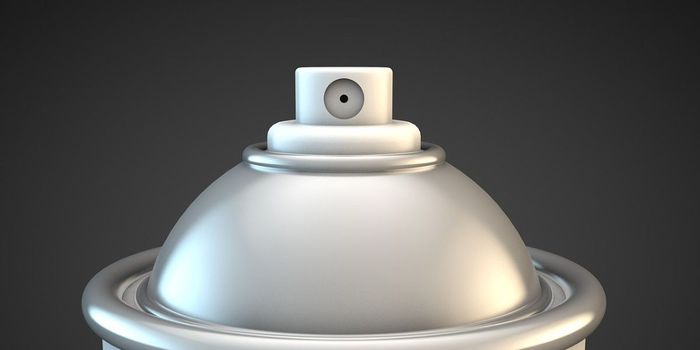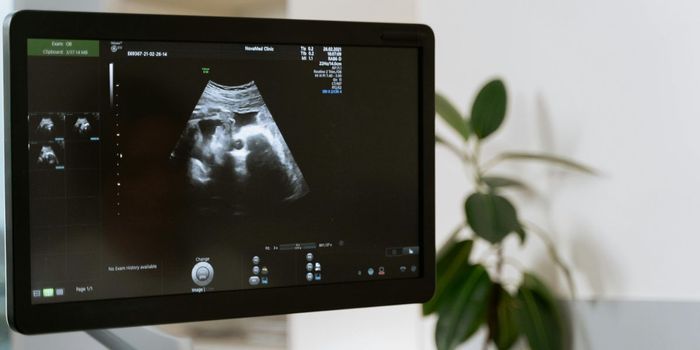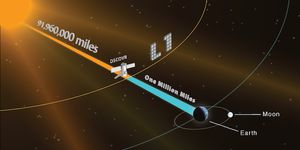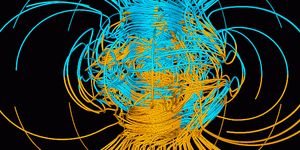How do we learn? Why do we get frustrated?

Stem cells that make new neurons could help to clarify and fight learning- and mood-related disorders. A group of researchers at the University of Queensland in Australia has discovered two types of stem cells in the hippocampus, the region of the brain that is critical to learning and memory. The work was supported by the National Health and Medical Council, the Australian Research Council and the Estate of Dr Clem Jones AO.
Established in 2003, the Queensland Brain Institute (QBI) has published more than 1,200 papers, attracted more than $110 million in competitive grant funding and been ranked in the top tier of Australian research universities. QBI's mission is to discover the fundamental mechanisms regulating brain function in health and disease, in particular understanding the brain circuitry underlying function (http://www.qbi.uq.edu.au/about-qbi).
As published in the Journal of Neuroscience and reported in Futurity, Dhanisha Jhaveri, the lead author of the new study, claims to have isolated pure populations of these cells for the first time. She explained that the stem cells her team has identified "give rise to new neurons." The production of these new neurons in the brain, "a process that decreases as we age," is vital for learning and cognition (http://www.futurity.org/hippocampus-memory-mood-936652/).
According to the National Institutes of Health website, stem cells can develop into many different cell types in the body during early life and growth and can act as an internal repair system for some tissues. When a stem cell divides, the new cell can remain a stem cell or become a more specialized cell, such as a muscle cell, a red blood cell or a brain cell. Stem cells are unspecialized cells than can renew themselves through cell division and can be induced to become tissue- or organ-specific cells with special functions (http://stemcells.nih.gov/info/basics/pages/basics1.aspx).
Professor Perry Bartlett, director of the Queensland Brain Institute, explained, "Previously, these neurons were all thought to be identical, so it wasn't understood how the region is able to regulate behaviors as divergent as learning and mood. The existence of distinct stem cell populations suggests that they give rise to different types of neurons, which explains the varied functions of the hippocampus."
Jhaveri added, "The two cell groups are located in different regions of the hippocampus, which suggests that distinct areas within the hippocampus control spatial learning versus mood. When we purified the cells we found that they are activated by different mechanisms, and generate new neurons that differ in their gene expression."









